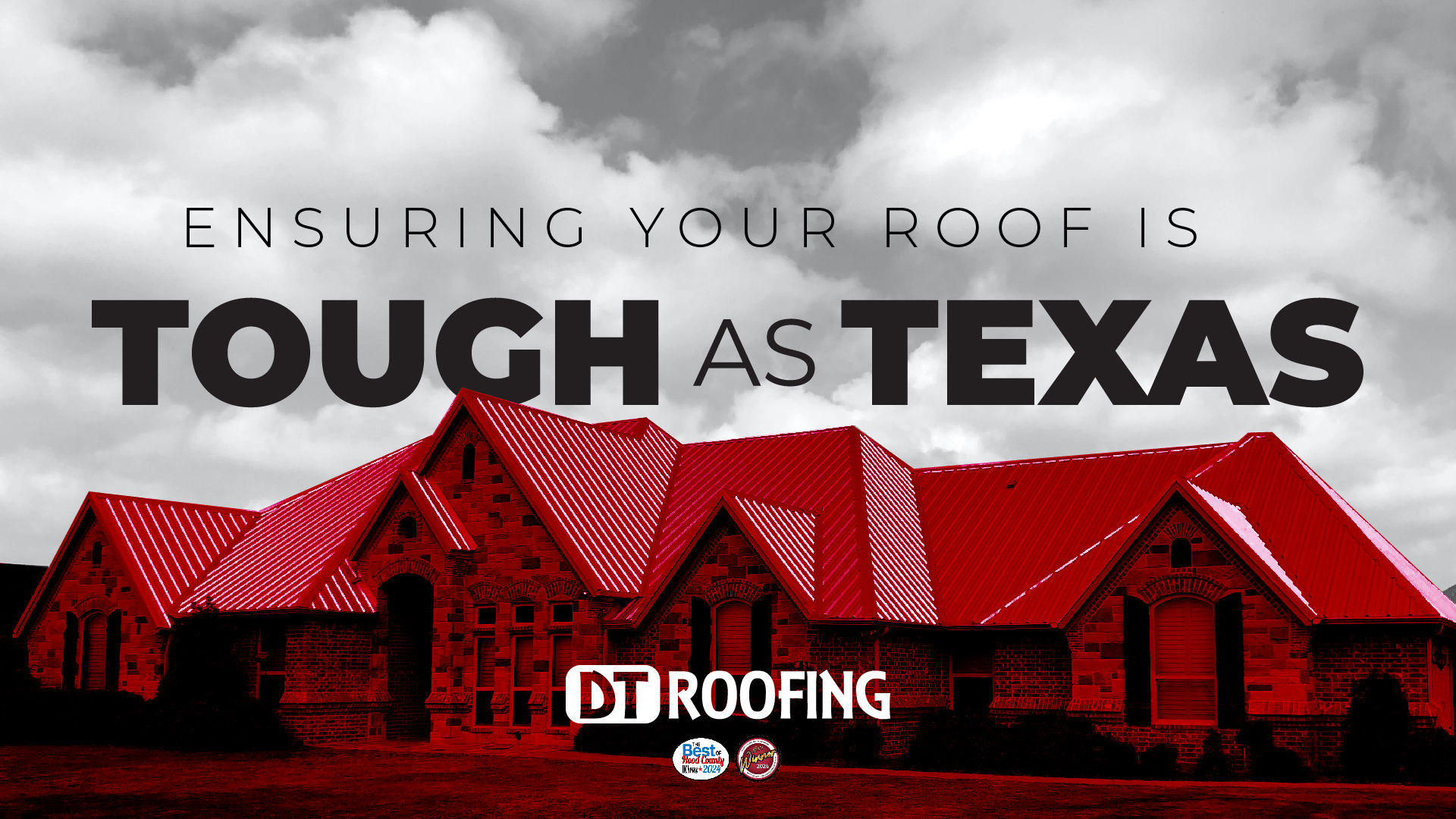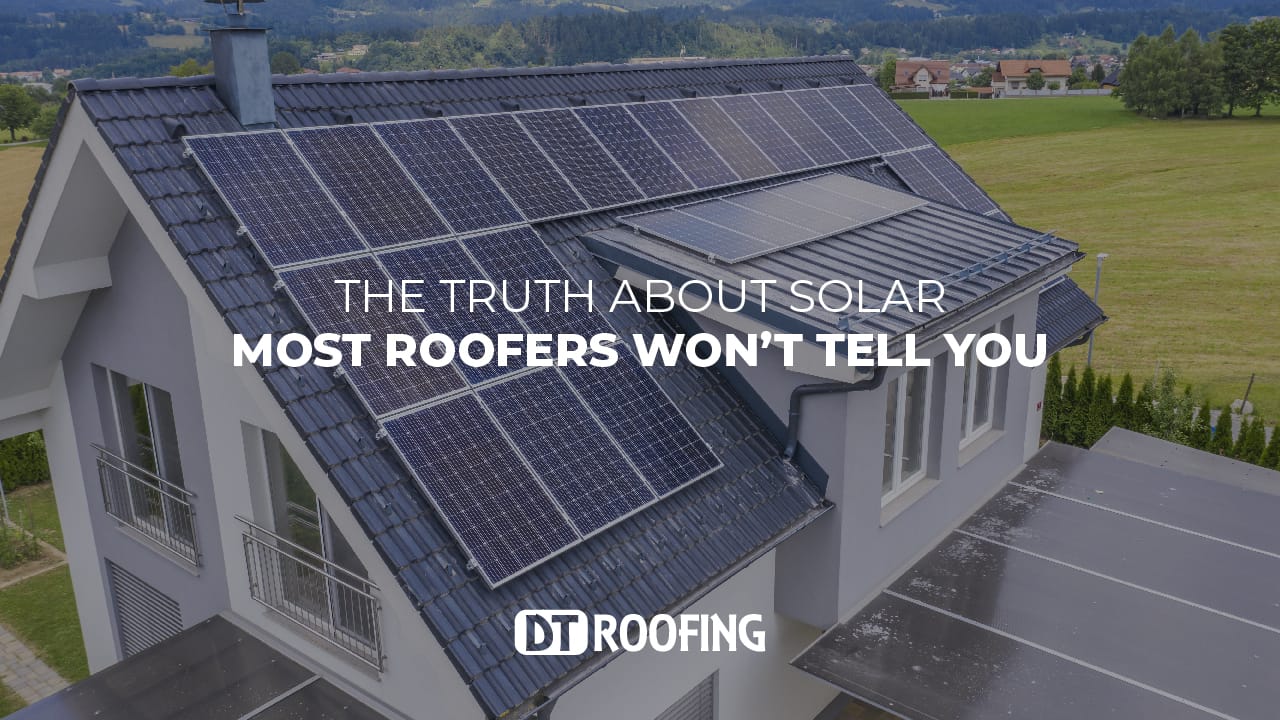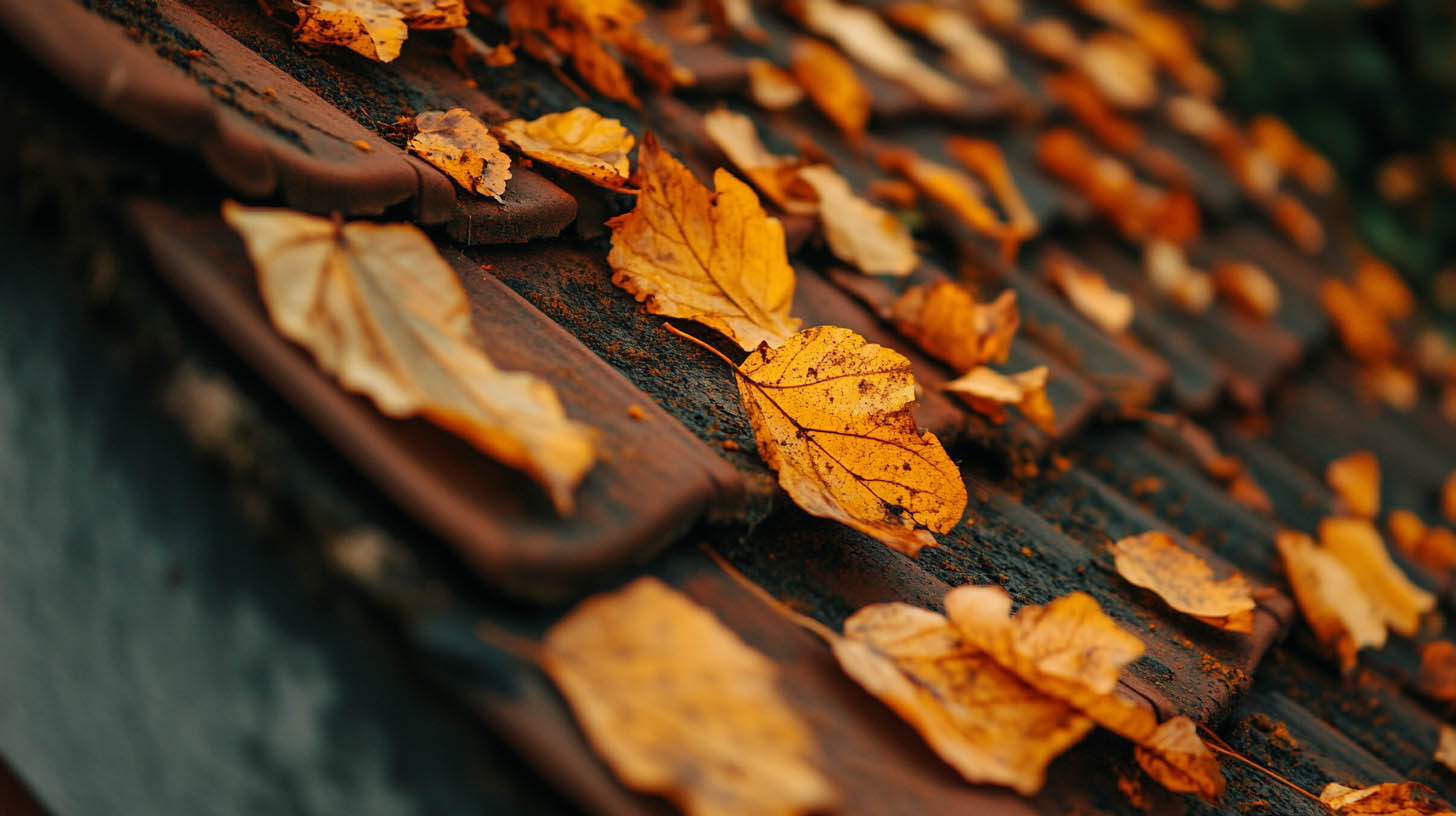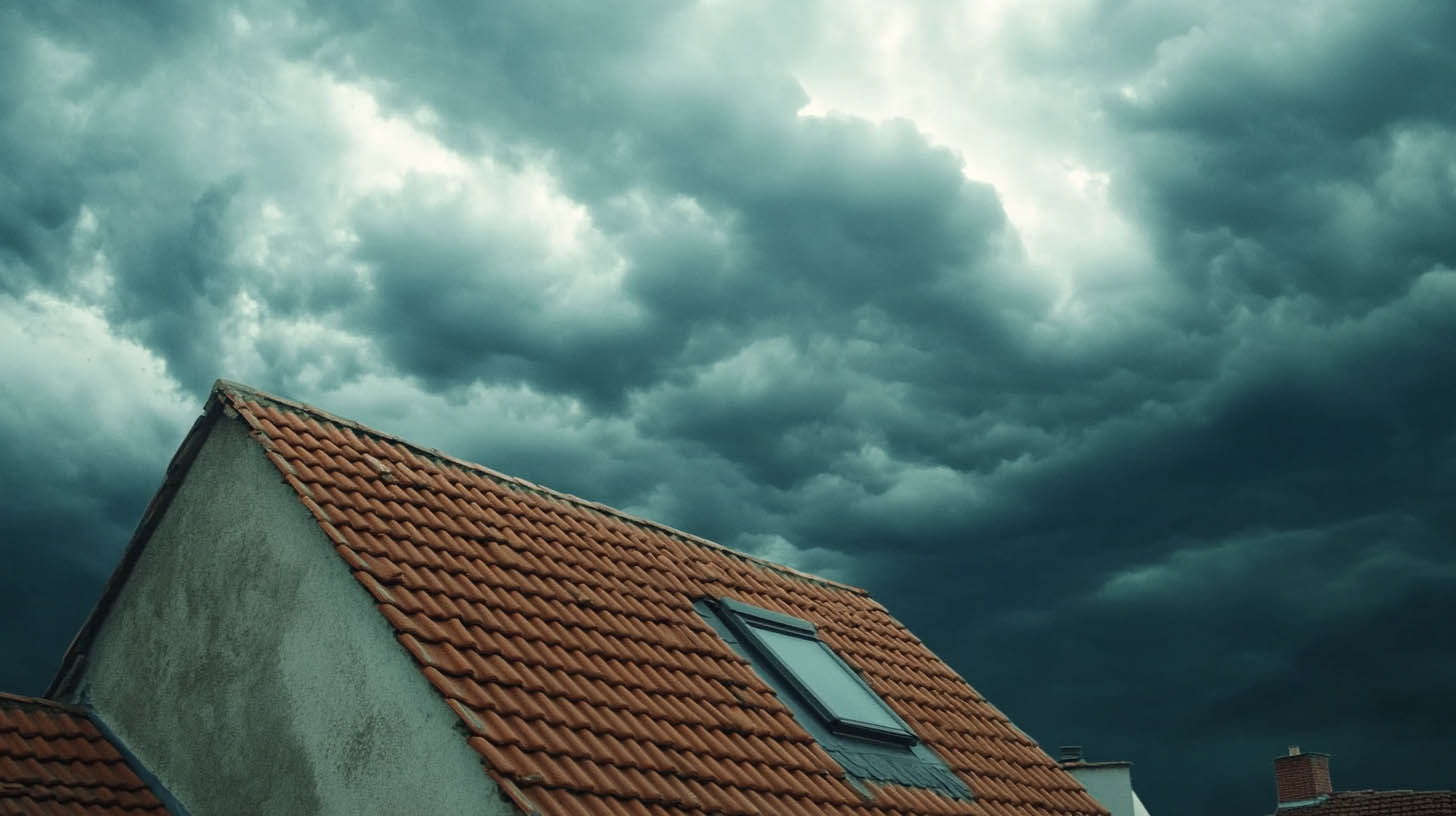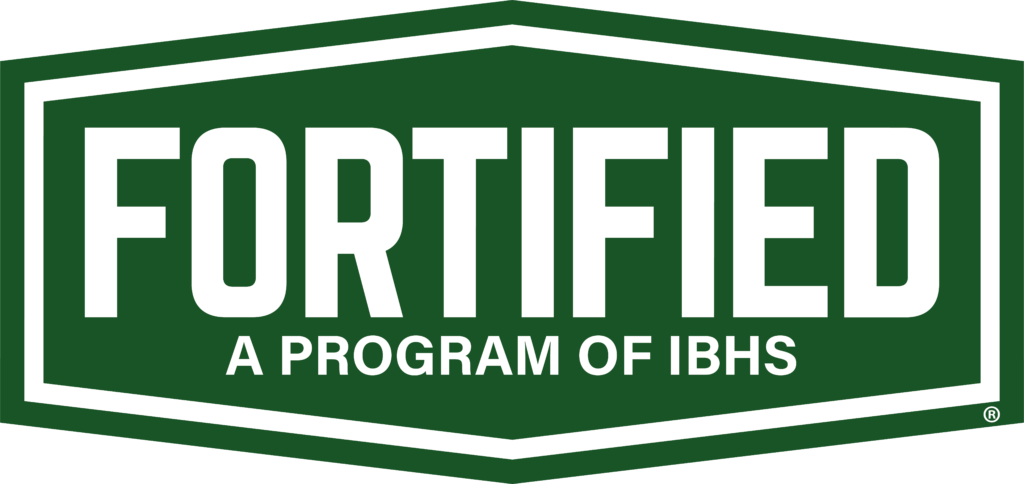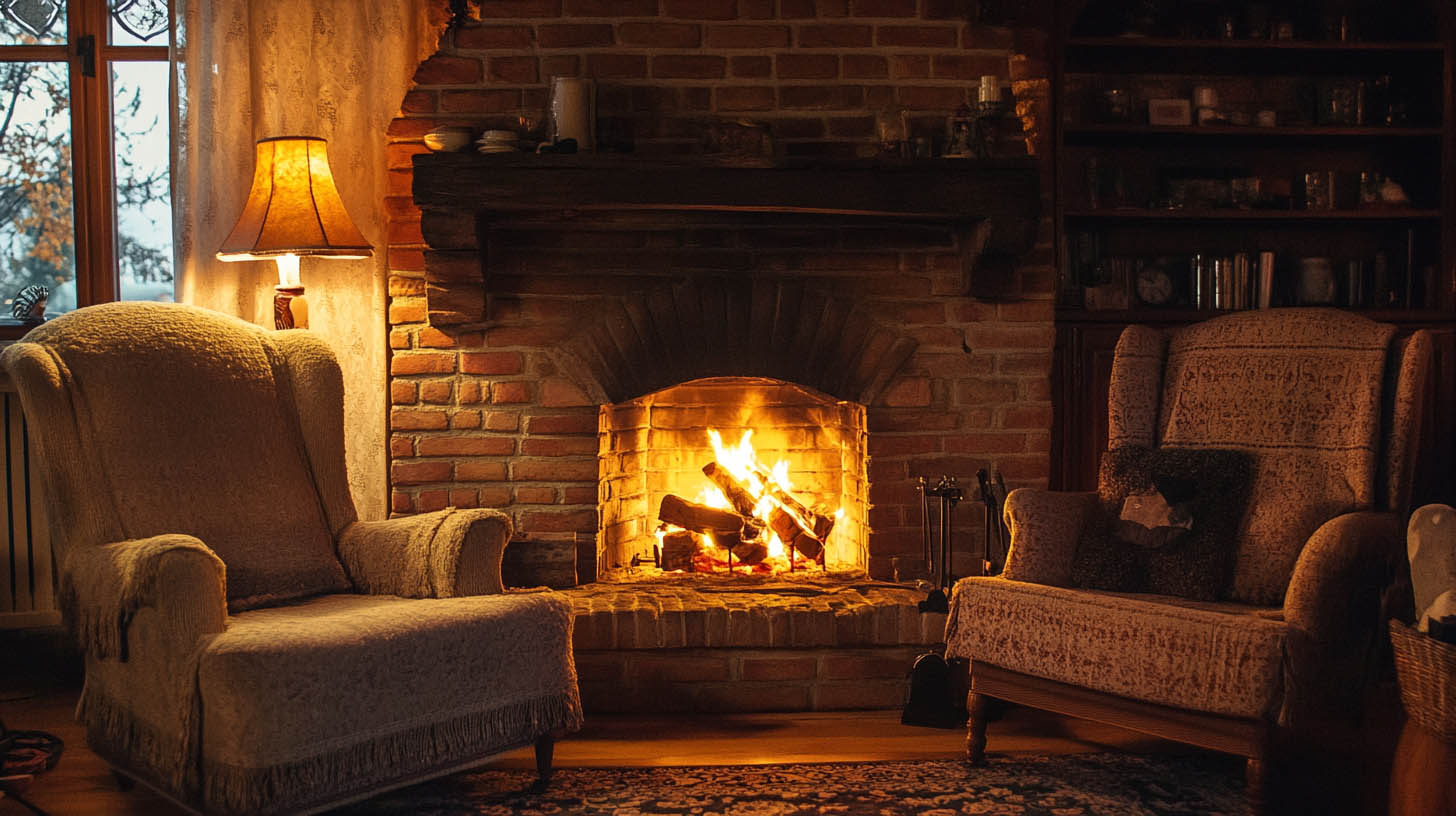
What Causes Chimney Leaks and How to Fix Them
A chimney leak might start as a few drops of water after a storm or a slight musty smell near the fireplace, but left unaddressed, it can lead to serious structural damage, mold growth, and expensive repairs. Chimney leaks are one of the most commonly overlooked roofing issues because the signs are often subtle at first. Knowing what causes these leaks and how to fix them is crucial for maintaining both your chimney and your roof’s integrity.
In Granbury, TX, homes are frequently exposed to heavy rains, fluctuating temperatures, and intense winds—all of which can take a toll on your chimney structure. At DT Roofing, we’ve helped countless homeowners resolve chimney-related roofing issues before they escalated. Let’s explore the causes, fixes, and preventative strategies to keep your chimney—and your roof—leak-free for years to come.
Common Causes of Chimney Leaks
1. Damaged or Missing Flashing
Chimney flashing is a thin layer of metal installed where the chimney meets the roof. Its job is to create a watertight barrier between two different materials—masonry and shingles. Over time, flashing can corrode, lift, or crack due to weather exposure, especially if it wasn’t installed correctly in the first place. When that happens, water can easily seep into your attic or walls.
2. Cracks in the Chimney Crown
The chimney crown is the concrete or mortar slab that sits at the top of the chimney, sealing it from the elements. Over time, exposure to heat and cold can cause the crown to crack. These cracks allow rainwater to enter the chimney and gradually damage the flue lining or interior walls.
Even small cracks can allow water to pool and freeze, causing expansion and further damage—making quick repairs essential.
3. Brick and Mortar Deterioration
Masonry chimneys are porous by nature. Over time, bricks and mortar joints can absorb water. If not sealed properly or regularly maintained, this moisture can freeze and expand during winter, worsening the cracks and causing leaks. Older homes are especially vulnerable to this kind of deterioration.
4. Faulty or Missing Chimney Cap
A chimney cap is a simple but vital component that sits at the top of the flue. It acts as a mini roof for your chimney, keeping rain, snow, and debris out while allowing smoke and gases to escape. A missing or damaged cap is one of the most direct routes for water to enter your chimney.
5. Roof Issues Near the Chimney
Sometimes, it’s not the chimney itself but the roof area around it that’s to blame. Clogged gutters, damaged shingles, or improper slope near the chimney base can divert water toward the chimney structure. Even poor attic ventilation can contribute to condensation forming inside the chimney.
Solutions to Fix Chimney Leaks
Flashing Replacement or Repair
If the leak stems from flashing, a roofing professional will need to remove the old material and install new flashing—ideally made from aluminum or copper. It’s also critical that the flashing is sealed with roofing-grade caulk and overlaps in all the right places for maximum water resistance.
Chimney Crown Sealing
For small cracks, a waterproof sealant applied to the crown may be enough to stop water infiltration. However, if the crown is severely damaged, it might need to be removed and recast. Modern crown coatings are flexible, allowing them to expand and contract with weather changes without cracking again.
Repointing and Waterproofing
This involves removing damaged mortar from joints and replacing it with new mortar—a process known as tuckpointing or repointing. Once the joints are restored, applying a breathable, water-repellent sealant will protect the masonry without trapping moisture inside.
Chimney Cap Installation
Installing a stainless steel chimney cap is an inexpensive and highly effective solution. Make sure it’s fitted with a mesh screen to keep birds and pests out, too.
Addressing Roof & Gutter Issues
A complete inspection of the roof and gutter system around the chimney is essential. Any damaged shingles, clogged gutters, or improper slopes must be corrected to ensure water is properly channeled away.
Prevention is Better Than Repair
Like most roofing issues, chimney leaks are best avoided with regular maintenance. Annual roof inspections, chimney cleanings, and sealant checks go a long way in preventing moisture from finding its way into your home. Installing high-performance roofing systems from manufacturers like Owens Corning also adds an extra layer of durability and moisture protection.
Homeowners often don’t realize that chimney leaks can go unnoticed for months until visible damage appears inside the home. Water can travel behind walls, saturate insulation, and weaken drywall—all without showing obvious signs until it’s too late.
Read also our blog: The Ideal Spot for Mounting a Satellite Dish on Your Roof
